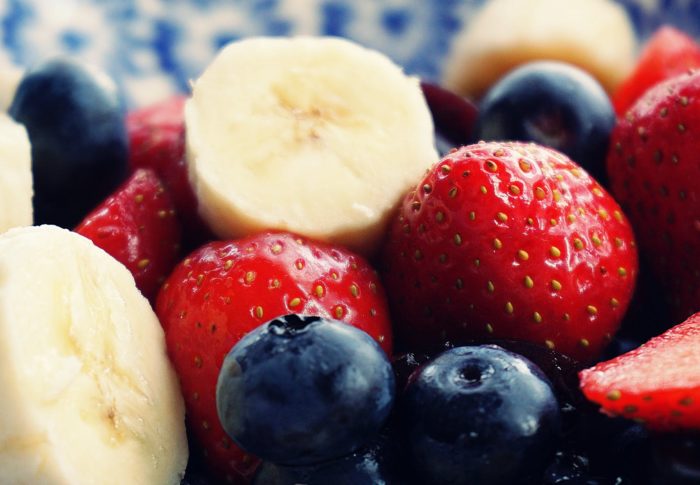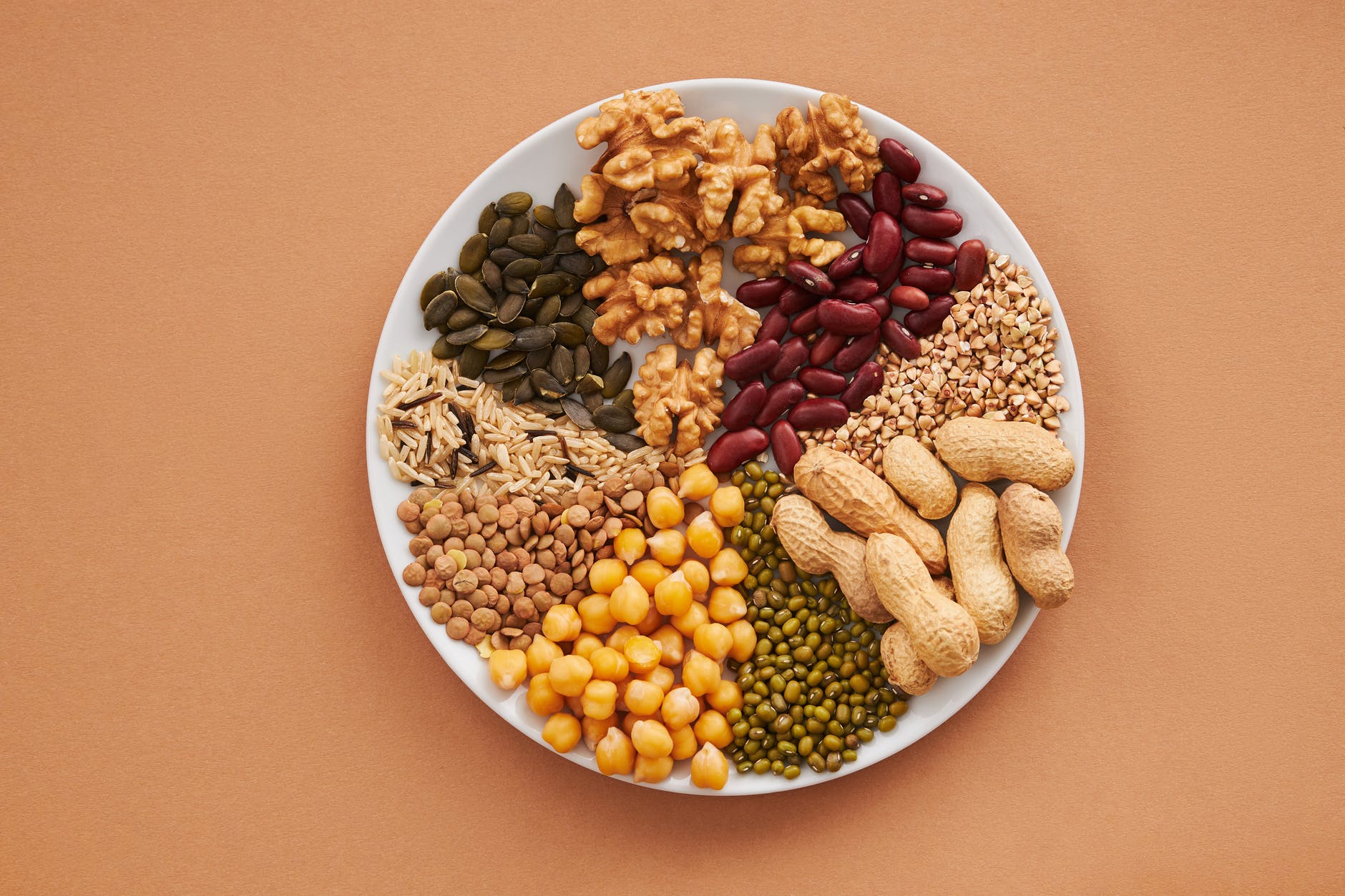
My 10 Essentials For Affordable Healthy Eating
Hi Musers, if you’re concerned by this title, please don’t be. I haven’t been sipping from the diet culture water cooler again. As I explained in my previous nutrition series, I have turned my back on dieting forever. However, I am still passionate about trying to eat a balanced healthy diet that gives your body everything it needs to thrive. So here’s the things I can’t live without for affordable healthy eating.
What This Article Is NOT
- It’s not fatphobia dressed up in a “concern for health” disguise. There will be no mention of fat or carbs, or calories. JUST nutrients. I am wise to diet culture sneaking in through the “wellness” and “lifestyle” door, but it sure as hell ain’t happening on my watch!
- It’s not a guide you must follow to the letter. These are things that work for me to help me get what my body needs. If items aren’t available, or you can’t afford them or even don’t like them, it’s OK! Use the tips to make affordable healthy eating in your own way.
- It’s not a privileged white woman guide. I can only write from my own experience because, hey, I am a privileged white woman! I did grow up pretty poor, though, so there’ll be no wagyu beef, hand-picked organic vegetables or specialist items here. All should be available in your local supermarket. As the title said, we’re talking about affordable healthy eating for everyone.
- This post is definitely NOT me saying that this is the “right” way to eat and all others are wrong. I have many flaws, but thankfully that kind of arrogance or superiority complex is not one of them. This post is an attempt to cut through the misinformation, snobbery and elitist bullshit out there in the nutrition sphere.
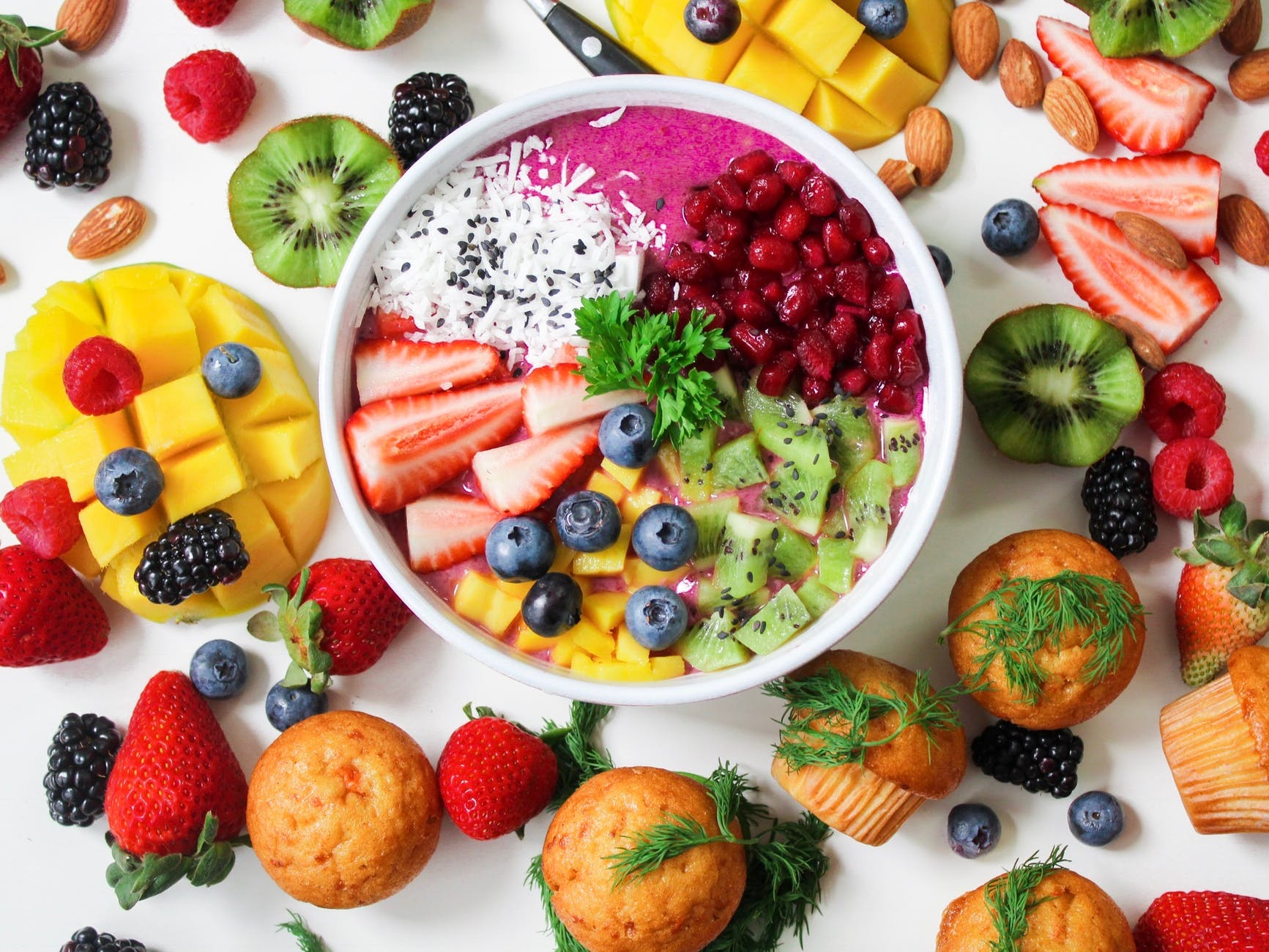
My 10 Essentials For Affordable Healthy Eating
1. Frozen Vegetables
There was this massive emphasis on fresh vegetables and how they were so much better for you for quite a long time in nutrition circles. Eating frozen vegetables, or god forbid TINNED ones, showed you up as poor and lower class. I’m here to say NOPE!!
Unless you’ve grown your own veggies (yay you!), they become less nutritious every second they are out of the ground. So freezing them is an IDEAL way to seal in all the great vitamins and minerals.
Frozen peas are always present in my freezer and are usually accompanied by sweet corn, soya beans and carrots. They’re perfect for chucking into stews or soups or even salted boiling water to have as a side dish.
Jayne describes my fridge as the place fresh vegetables go to die, so I’ll stick with frozen! You also get far more veg for your money when they’re frozen. If you’re looking for affordable healthy eating options, it’s win-win.
2. Microwave Veg and Rice
These things are my salvation when I’m in a rush, exhausted, or both. They come in packs of 4 here in the UK and are individual portions of mixed veggies or rice that are ready in 3 minutes. The veg is just an easy way to boost my intake with no prep or planning needed.
The rice is also great for this, but it also saves me from eating too much. “Too much for whom??” I hear you cry. “Is that diet culture again!?” Nope! Never in this blog. I love rice, and left to my own devices; I will eat too much.
Cue me lying on the couch moaning with a bellyache. It saves me from myself. I don’t always overeat, but sometimes, I put extra on and eat too much when I’m extra hungry. Micro rice means I eat a good portion without feeling stuffed. Then, if I’m still hungry after dinner, I can eat something else.
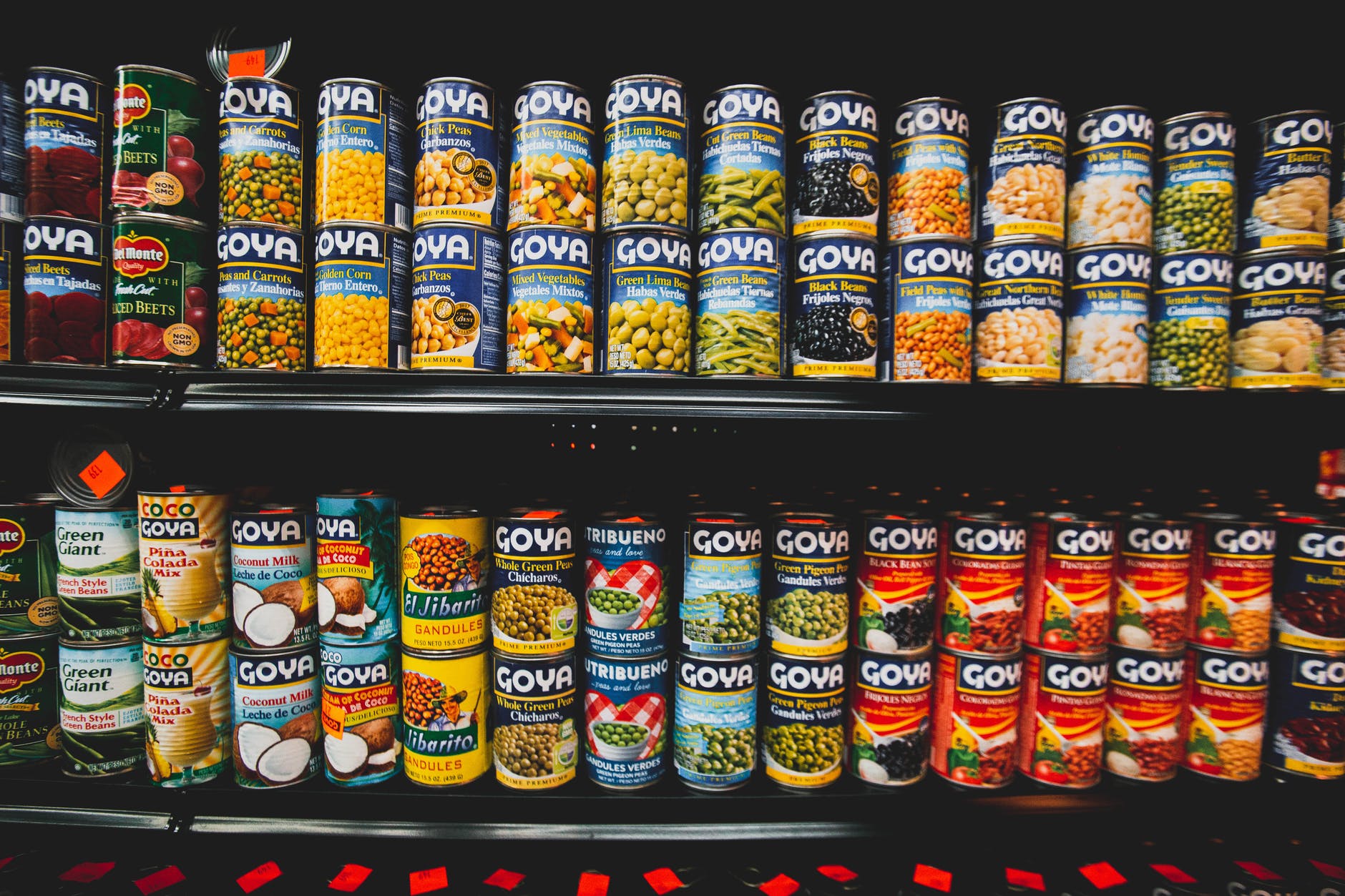
3. Tinned Fruit
I have a theory…I firmly believe you are either a fruit person or a veg person. That’s not to say you don’t like the other, just that you aren’t as drawn to it. I am a veg person. I can get most of my five a day into breakfast if I choose to.
Fruit, on the other hand, I struggle with. A lot of fruit is difficult to get ripe (pears are either hard or mushy, there is no in-between), hard to peel (looking at you oranges), or has a weird consistency (bananas, an unpleasant blend of mushy and slimy).
That’s where tinned fruit is great. It’s relatively cheap, keeps forever and is easy to chop into muesli or have with a bowl of yoghurt or ice cream. I make sure to get it in natural juices to absorb all the vitamins I can. Pears are my favourite, but peaches and pineapple are great too.
4. Tinned Beans
No, I’m not just referring to baked beans in tomato sauce, although I do love these! All kinds of beans come pre-cooked in cans which is great because who plans far enough ahead to spend hours soaking dried beans in water before you cook them? Beans are a quick and easy way to add fibre and protein to your meal.
One of my staple winter dinners is a sausage casserole. Fry the sausages chopped up with carrots, onions and sugar snap peas. Add a tin of three bean mix with lots of stock, Worcester sauce, grainy mustard and some frozen sweet corn. Cook it for around an hour to let the flavours melt, and you have the most filling, warming, comforting dish you can imagine. As you can get really high-quality veggie sausages these days, it even works for non-meat eaters.
For affordable healthy eating, this dish really is a winner, and you can scale it up or down depending on how many mouths you have to feed.
You can keep sausages and sweet corn in the freezer, mustard in the fridge and beans, stock and Worcester sauce in the cupboard. The only fresh thing you need is onions; you could even use frozen carrots if you needed to. Try it!
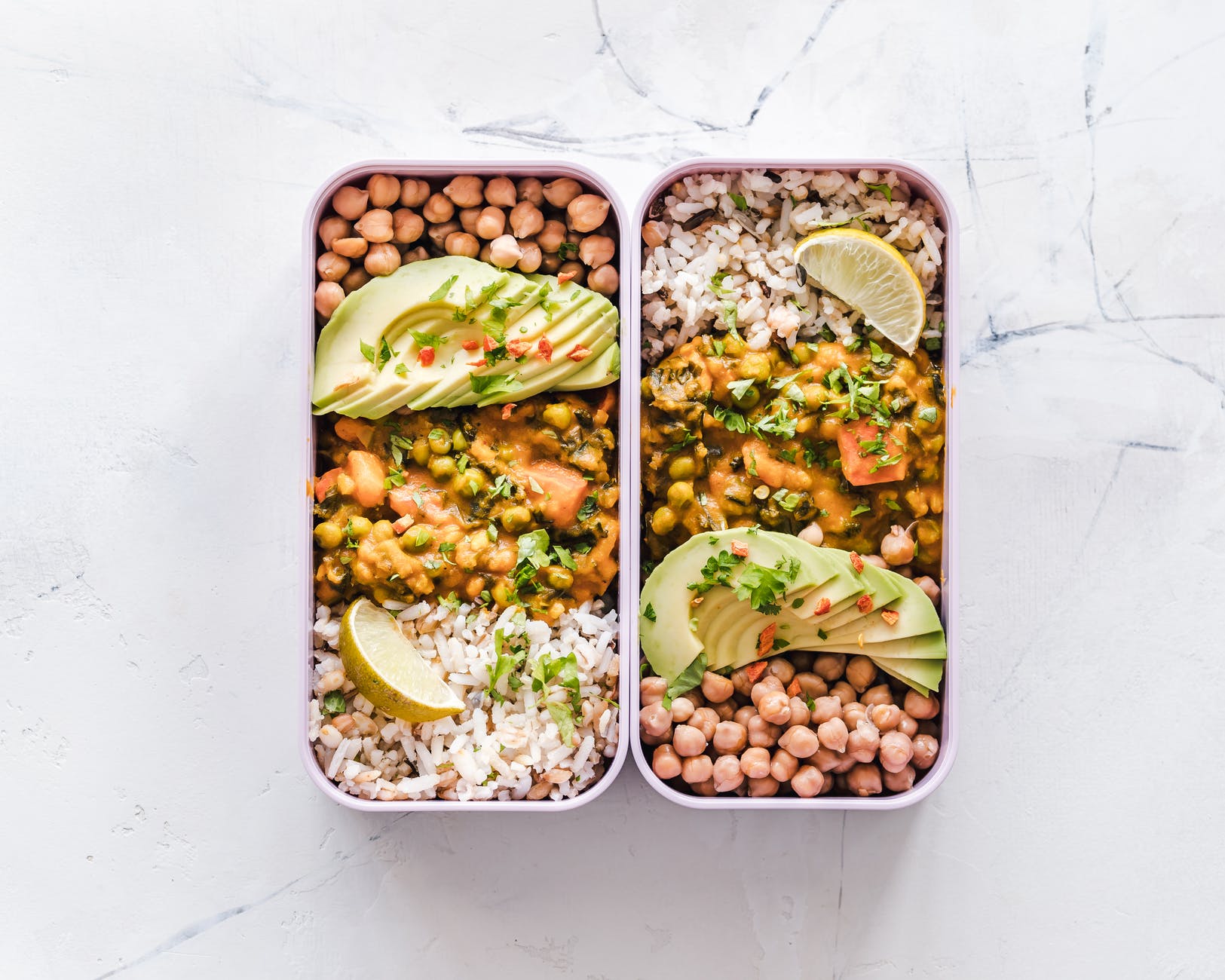
5. Dried Lentils
Lentils are another cheap way to add fibre and protein to your meals. They are packed with protein as well as 198g containing 90% of your folate needs for the day, 49% of your manganese and 37% of your iron. They pack quite a punch!
When I was growing up, my mum, grandma, and several other mums I knew made “soup”. That’s always what it was called with no mention of what kind. Why not? Because it was always the same! If someone told you, “I’ve made soup”, it was lentil soup.
I can’t blame them, for busy mums on a council estate in Newcastle upon Tyne both time and money were tight. This soup was incredibly easy to make, cheap, and absolutely delicious.
Here’s how you make it. Take 2-3 large carrots and a large onion, peel and chop them however you like. Fry them in a large pan with a little oil til they start to soften. Then fill your pan up to the top with water, cold if you have time or boiling from the kettle if you’re in a rush.
Once the pot is boiling, add stock cubes and lentils. How much you add depends on what size pan you’re using. I always use my 3l bright red, cast iron Pyrex casserole dish and fill it to the brim. I add 2 knorr stock pots and just over half a packet of red split lentils which is around 300g. I turn it to a low bubble and leave it for an hour or so. By then, it will have come together in a beautiful mix. I add salt and pepper, and it’s done. So easy!
6. Pasta and Rice
This one is a no brainer. You can make so many different recipes with pasta or rice, and the bigger the bag you buy, the cheaper it is. I love brown rice and wholewheat pasta, which makes them even more filling and guaranteed to keep you satisfied.
If you’re looking for affordable healthy eating options you can make pasta salad, spaghetti bolognese, chicken noodle soup, fried rice, and chicken curry.
7. Oats
Oats are full of fibre, protein, vitamins and minerals. They also break down slowly, keeping you fuller longer. They’re cheap to buy in bulk, and they last well.
You can have porridge for breakfast with tinned fruit if you want to incorporate point 3! You can make flapjacks, breakfast bars, crumbles, add binding to meatballs and meatloaf, make your own granola, or add it to smoothies. The uses are endless.
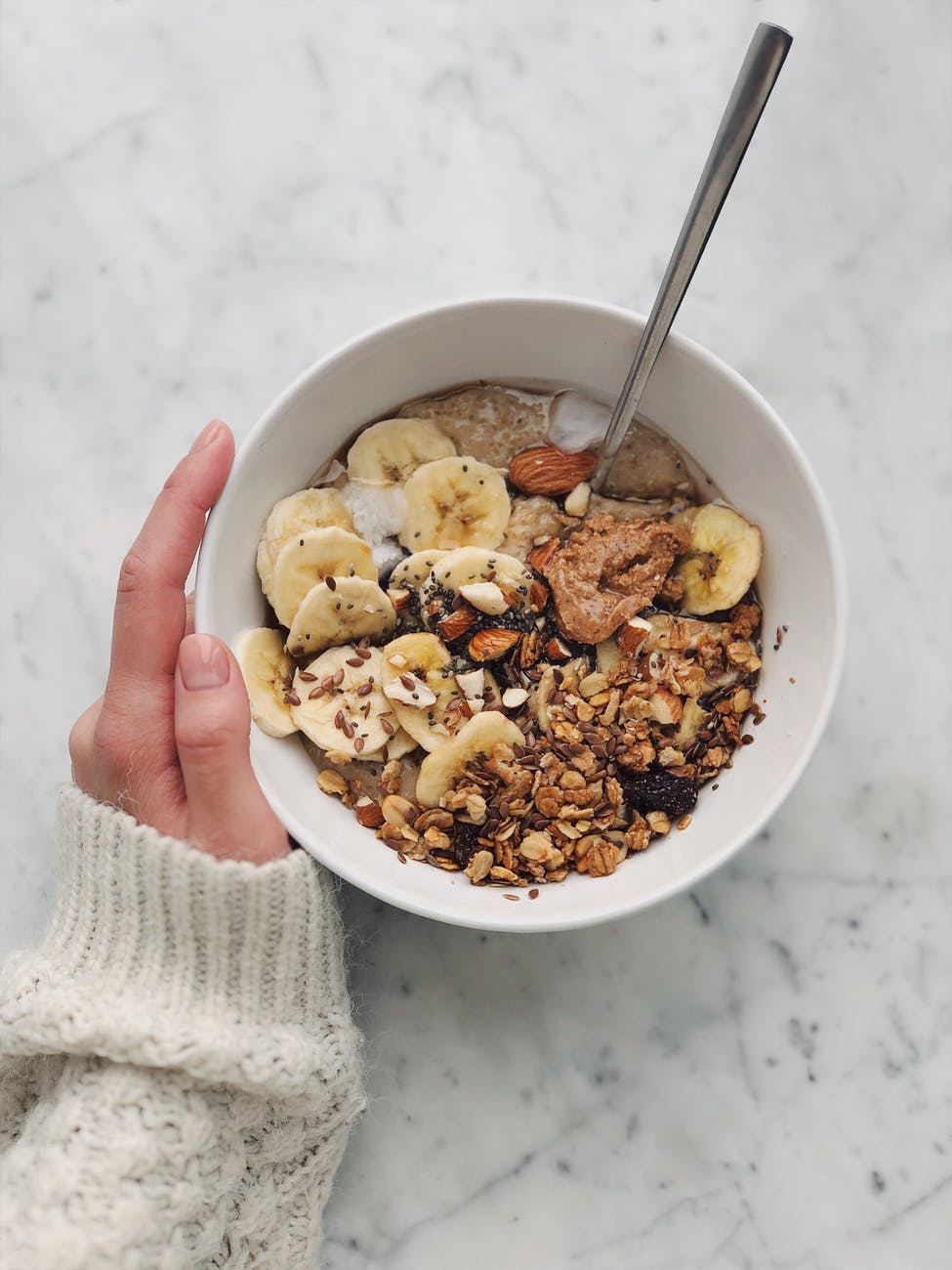
8. Tinned Tuna
Experts say we should eat two to three portions of oily fish per week to maintain proper brain function. If you struggle to afford fresh fish regularly, then tinned tuna is great. I use it in sandwiches, salads, stuffed peppers, pasta sauces and rice dishes.
You can easily pull out the old frozen veg to help get your 5 a day too. Sweet corn mixed with tuna and a little mayo in sandwiches, the salad speaks for itself, but you could add sweet corn or soya beans, add frozen peas and sweet corn to the tuna mix in your pepper and so on.
9. Tinned Tomatoes
I must have tinned tomatoes, preferably chopped with herbs, in my cupboard at all times. Enough said.
10. My Slow Cooker
This is my wildcard entry. It’s not an ingredient, and I’m sure many of you would say not an essential. It is for me, though. If I want to batch cook meals over the weekend and not spend hours at the cooker, out comes my slow cooker. If I know that I have a hellishly busy day the next day and will be too tired to cook, my trusty slow cooker comes to the rescue.
I take 5-10 minutes the night before chopping meat and veg. Then in the morning, I throw them into the slow cooker with curry sauce, chopped tomatoes, condensed soup or beef stock and beer.
When I come home, all I need to do is a little seasoning, and dinner is on the table. You could add potatoes to the cooker for a one-pot dish or bring home a loaf of crusty bread. So easy.
Slow cookers aren’t expensive, either. You can pick one up for as little as £15.
Over To You
OK, those are my top 10 essentials for affordable healthy eating, but what are yours? Are there some things you can’t believe I missed? Or even can’t believe I included! Let me know in the comments.


